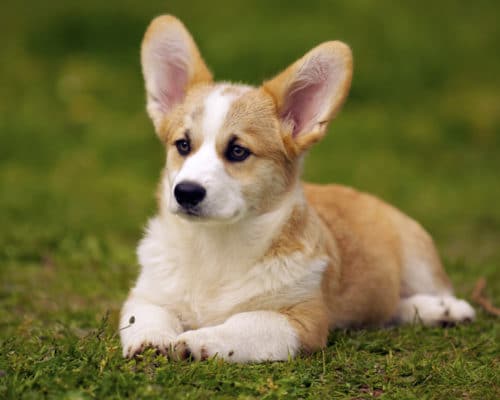Pembroke Welsh Corgi
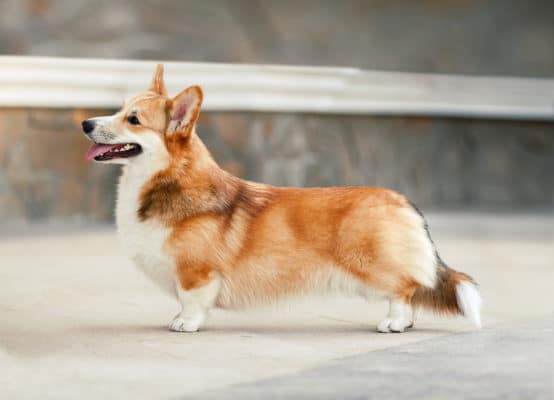
Pembroke Welsh Corgis are excellent watchdogs, barking to warn of something dangerous. They should be well socialized from childhood with other dogs to prevent antisocial behavior. Corgis usually do not suffer from separation but, like other dogs, should not be left alone for long periods.
Table of Contents
Breed Information
| Another Name | Welsh Corgi Pembroke |
| Origin | Wales |
| Height | Males 25-30 cm Females 25-30 cm |
| Weight | Males 10-12 kg Females 9-11 kg |
| Fur | Straight, with a thick undercoat |
| Color | Red, sable, pale, black, and spotted, with or without white marks on legs, chest, and neck |
| Lifespan | 12-13 years |
| FCI Classification | Sheepdogs and Cattledogs (except Swiss Cattledogs) |
| Group | Dogs for children, ornamental dogs |
| Price | From $700 |
Breed Photos
Origin History
There are two different types of Welsh Corgi, the Cardigan Corgi, and the Pembroke Corgi. Both are small dogs that belong to the herding group of breeds and are considered native species in the United Kingdom. The Cardigan Corgi is the older and larger of the two breeds that have crossed freely. Until the British Kennel Club recognized them as separate breeds in the 1930s. Corgis have traditionally been used for guarding, herding, and escorting livestock.
The Welsh Corgi Pembroke refers to the Spitz type of dog, which the Celts introduced. Their popularity in Britain has declined, and they are relatively rare, but they have become more prevalent in America.
Appearance
The Pembroke Corgi has a longer neck than the Cardigan Corgi, but they are both muscular. The front legs are short but strong, the chest is broad, leading to a noticeable waist. The back is straight, and the hind legs are quite muscular. They have strong, healthy teeth and a perfect scissor bite.
Their eyes are wide-set, medium-sized with a wary look. The Pembroke Welsh Corgi’s ears are medium-sized, and both should stand straight. These dogs are relatively small: up to 30 cm in height and 12 kg in weight. The coat is straight, with a thick undercoat. The color of this breed can be from red to black with various markings. The corgi has a free, active gait.
Character
Pembroke Welsh Corgis are excellent watchdogs, barking to warn of something dangerous. They should be well socialized from childhood with other dogs to prevent antisocial behavior. Corgis usually do not suffer from separation but, like other dogs, should not be left alone for long periods.
Care
Grooming a Pembroke Welsh Corgi won’t be too difficult. Brush his coat with a metal brush at least twice a week, keep his mouth clean, and keep an eye on the condition of his claws.
Training
The Pembroke Welsh Corgi is easy to train, and its intelligence and character indicate that the breed can also excel in herding trials, obedience competitions, and other dog sports.
Pembroke Corgis are intelligent dogs and learn very quickly. They have a strong character and can be strong-willed. Therefore, they should not be mistaken for some of the other more frivolous ornamental breeds.
Home training and frequent training are usually not a problem for these dogs. The Corgi Pembroke can excel in a herd, obedience, and agility trials.
Common Diseases
The breed is achondroplastic, which explains their “dwarf” stature. This can lead to certain diseases such as:
- intervertebral disc disease (IDD);
- degenerative myelopathy;
- hip dysplasia;
- PRA is progressive retinal atrophy;
- von Willebrand’s disease.
Nutrition
The Pembroke Welsh Corgi has an excellent appetite and is prone to overeating, so you should feed them a small amount of food at a strictly defined time. If your dog doesn’t eat his portion, put the bowl away until the next meal. In most cases, the pet will want to continue eating, but you should stick to portioned meals. Overeating can cause back problems.
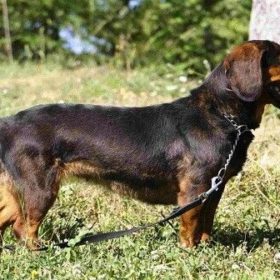 Alpine Dachsbracke
Alpine Dachsbracke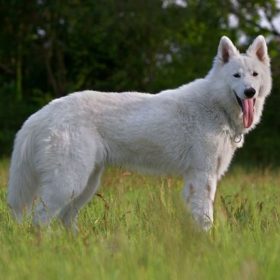 White Swiss Shepherd
White Swiss Shepherd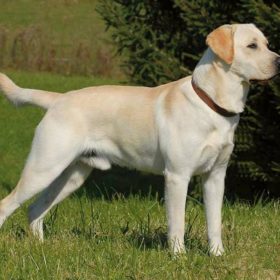 Labrador Retriever
Labrador Retriever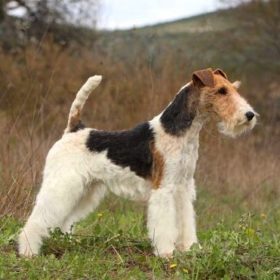 Wire Fox Terrier
Wire Fox Terrier Brittany
Brittany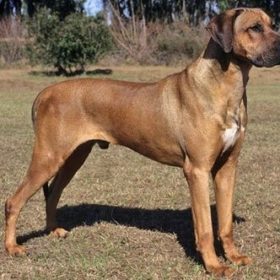 Rhodesian Ridgeback
Rhodesian Ridgeback
